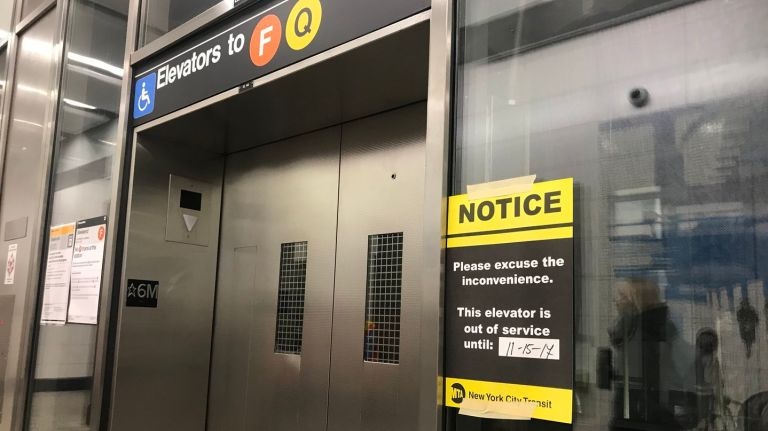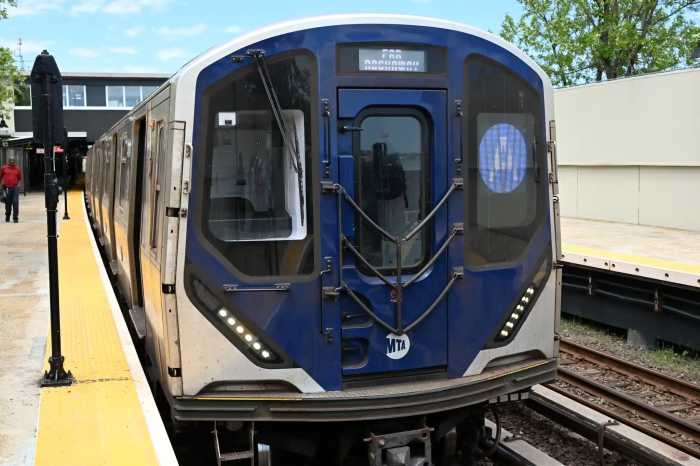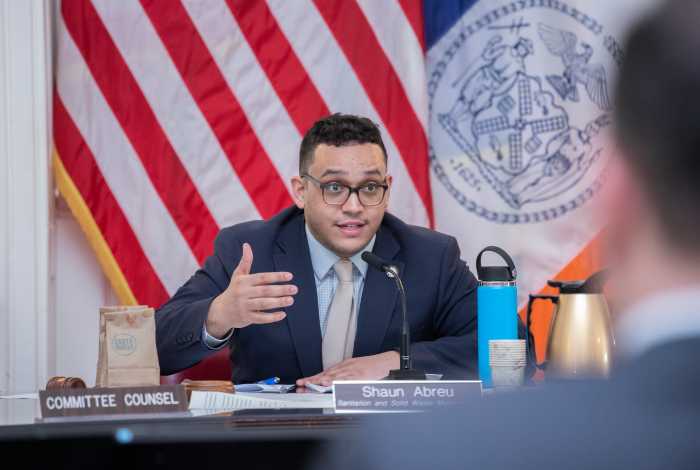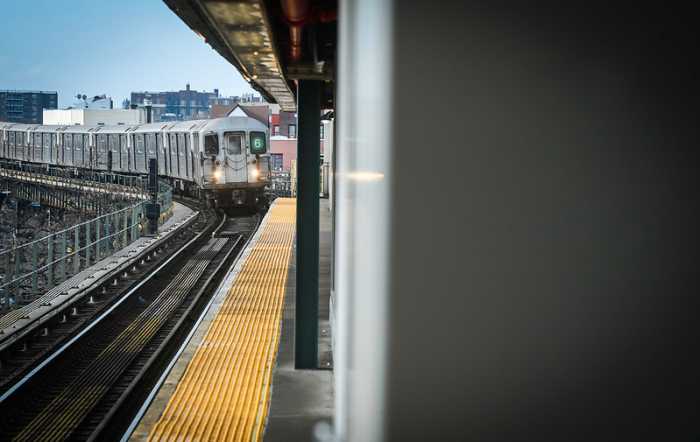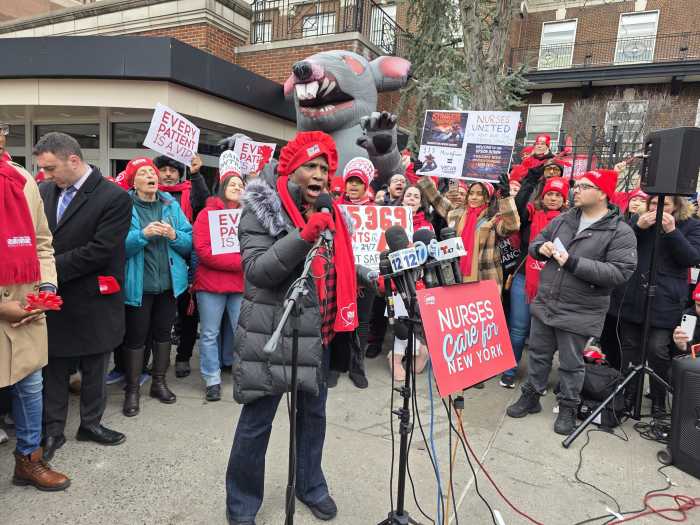
Some of the MTA’s worst-performing subway station elevators are brand new.
Three of the 15 elevators with the most outages this year are less than a year old, according to the agency’s most recent data. An elevator installed at the Lexington Ave-63rd Street station — part of the Second Avenue subway project — ranked sixth-worst for availability across the MTA’s 247 elevators over the course of this year.
In the third quarter alone, that elevator trapped commuters inside during breakdowns on seven occasions between July 20 and Sept 26. That’s a tie with an elevator on the 2 and 3 trains at 233rd Street in the Bronx and another at the 191st Street 1 train station for the most across the entire subway system during that period.
Across a subway system where only about 23 percent of stations are compliant with the Americans with Disabilities Act, advocates charge that the frequently broken down elevators are an example of the MTA’s neglect of the needs of commuters with disabilities.
“While the MTA likes to use aging infrastructure as an excuse for its failures, they can’t in this case,” said Mel Plaut, a program analyst at the transportation advocacy group TransitCenter. “These are brand new elevators and they should be performing better.”
For commuters with disabilities, coming across a broken elevator at the start of the trip could mean having to turn back home. If they encounter a broken elevator during the course of a journey, it could mean tacking on hours to their commutes through circuitous routes in search of an alternate accessible station, Plaut said.
“If you can imagine trying to go into a subway station without knowing if it’s opened or closed, that’s the equivalent for riders who rely on elevators,” she continued. “It’s indicative of neglect and almost downright hostility to people who require vertical access to use the subway.”
MTA spokesman Shams Tarek said that it’s “common” for new elevator equipment to fail. He noted that the MTA’s current $32 billion capital plan allocates $1.4 billion for elevators and escalators and that the agency has several strategies to reduce elevator downtime.
“It’s common for brand new equipment to need adjustments and repairs after first being installed,” Tarek said in a statement. “In the case of these elevators, the work has been completed and they operated between 97 and 99 percent of the time during the month of October.”
All subway elevators, though, were in operation and accessible to the public on average 96 percent of the time in the third quarter — falling short of the agency’s target of 96.5 percent, MTA data show. But even the 96.5 percent target translates to two weeks of elevator outages a year for each unit.
So far in 2017, the Lexington Ave-63rd Street station has been available 82 percent of the time. It experienced 27 outages in the third quarter — only four of which were planned-for maintenance. The breakdowns that led to entrapments were caused by a variety of mechanical issues involving doors and other components.
Along with subway and bus service declines, accessibility has been a key talking point among advocates, elected officials and members of the MTA’s board. It’s a pivotal time, they say. The MTA is currently working to finish adding ADA access to the final 100 “key stations,” part of a 1994 settlement that exempted the MTA from full compliance with the ADA — but the agency hasn’t yet outlined a detailed vision for its next steps.
In a report published by TransitCenter earlier this year, the group urged the agency to take a sharper focus on elevator maintenance and hold itself to a higher standard.
MTA board member Carl Weisbrod suggested at a Monday board meeting that the agency spend money allocated for its station renovation program, the Enhanced Station Initiative, on elevator installations instead. Another, Veronica Vanterpool, said she wanted detailed information on the agency’s goals.
“I fully understand and agree that all of our stations are not going to be ADA compliant but what is our plan to get as many of them [as possible] fully compliant?” she asked MTA chairman Joe Lhota, who then promised to bring a plan to either the agency’s next board meeting in December or in January.
With Alison Fox



